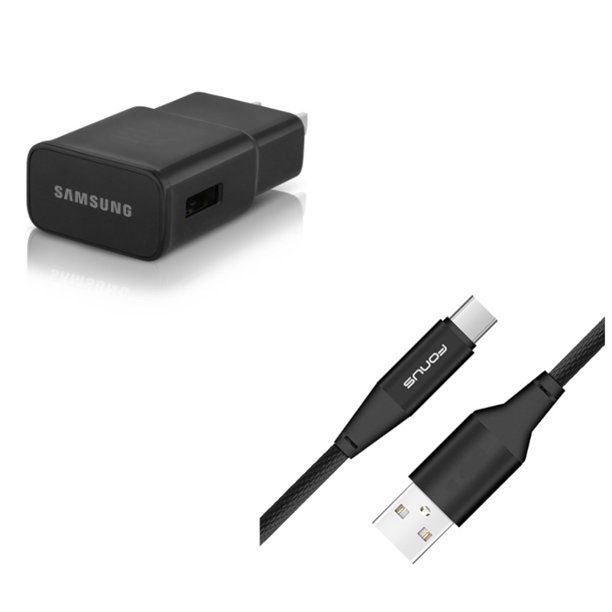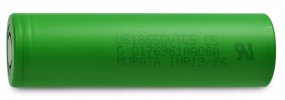Thank you for that recommendation. Their USB power supplies look pretty solid and I can see the reason for getting one that delivers 2 amps now (more on that below).
My VP4C arrived today and I've almost got those new Sony VCT5As fully charged up.

It's a decent charger and simple enough to use but I like the blue LCD screen on the VC4 more and it lets you charge different types of cells not only 18650s. I actually paid more for my VP4C but the fact that the fastest charging current is 1 amp seemed like the safest way to go. The batteries were shipped with 3.2V and I've been charging them for about 3.5 hours so far at .5 amp (I think it will be about 15-20 to reach their full capacity).

This thread has been a great learning experience and I'm now much more aware of the problem with counterfeit batteries and chargers as well as battery safety. Btw, I liked the fact that the XTAR ships with an 18 digit code that you have to scratch off and can then check on their website to see if you have an authentic charger.
Just a few other things crossed my mind recently concerning battery safety. Why do vape manufacturers make products that use unprotected batteries? Is there any good technical reason for this or does it just come down to cutting costs? This brings to mind the shameful case when Ford decided to save a few bucks by not putting shields on fuel tanks on Mustangs/Pintos in the early 70s which caused some fiery deaths...
I've also read elsewhere online that there is no such thing as "original" Sony 18650s on the market because Sony never sells individual cells to retailers, so vendors must have split up battery packs in order to sell single batteries to their customers.

Maybe the same thing applies to Samsung and LG? Any thoughts on this?
Glad to see you up and running. Owning the stuff and having it in hand, will make things easier. Obviously, read your charger manual.
Most 18650’s, can easily be charged at 2 amps, and some even at 3 amps. Of course the charger is the limiting factor. While my charger can do 3 amps, I normally charge at 1 - 1.5 amps. Certainly, a “.5” charge is easier on a battery, and not a big deal if you are not in a hurry. Don’t worry, if at whatever point you decide to charge at the higher rate, and want to use them faster if needed. My Xtar VP2 never let me down, but a year ago I bought the SkyRC, as it had 4 bays, and all the manual features and control I’ll ever need.
I’ve seen you ask about “protected batteries” in some of your posts, I assumed with all your research, that you would have learned about them at this point.
So, short version .... a PROTECTED battery is just the same battery, with an added piece of electronics, that will CUT OFF the output at a pre-programmed voltage (3-3.3 volts, up to manufacturer), similar to the way the programmed chipset in your electronic vaping device works. As you have learned, lithium’s don’t like to be drained or stored below 2.5 volts. If you look at the battery manufacturers specification sheet, you’ll see they fully charge a battery to 4.2 volts, then discharge to 2.5 volts, and that’s how the mAh “milliamp hours” is calculated. If you come across a lithium that’s say 2.0 volts, many chargers won’t even recognize or charge them, just bring those to a recycling place.
Protected batteries are useful, as NOT EVERY device that uses 18650’s or other size lithium batteries has built in electronics PROTECTION. An example is a few of my LED flashlights.
DOWNSIDE of PROTECTED BATTERIES:
Because of the ADDED “chip” on the positive end, it makes the battery LONGER, and an extra millimeter or so, makes them NOT FIT, in many products, unless like my flashlights, the product is designed to use protected batteries, like many Nitecore flashlights and others.
BUT, in most devices with protected electronics even if they could fit, you wouldn’t want or need a protected battery as the device is already doing that job, most likely much better then the battery add-on chip. And in some cases the two protection systems may interfere with each other. In simple terms, let’s say your device shuts off at 3.0 volts, but you were able to fit a longer “protected” battery in, but that chip cuts the voltage off at 3.3 volts, that’s going to cut your voltage sooner then the device would have with a non-protected battery. You lose .3 volts, which can be meaningful.
So as you can see, if the device already has protection, adding more electronics does not make it twice as safe. These inexpensive chips added to the batteries before they are wrapped, can go bad, the battery itself may be fine, but no longer work.
While “protected” batteries have their place, most of the devices we use, are built for UNPROTECTED batteries, and usually that’s all that will fit.
Well, I guess that’s wasn’t so short......



 The input is .2A and the output is 5V=1A.
The input is .2A and the output is 5V=1A. I went with a reputable vendor that gets their chargers directly from XTAR and it comes with a two year warranty, so hopefully everything will be ok and I'll have it by the weekend.
I went with a reputable vendor that gets their chargers directly from XTAR and it comes with a two year warranty, so hopefully everything will be ok and I'll have it by the weekend. 






